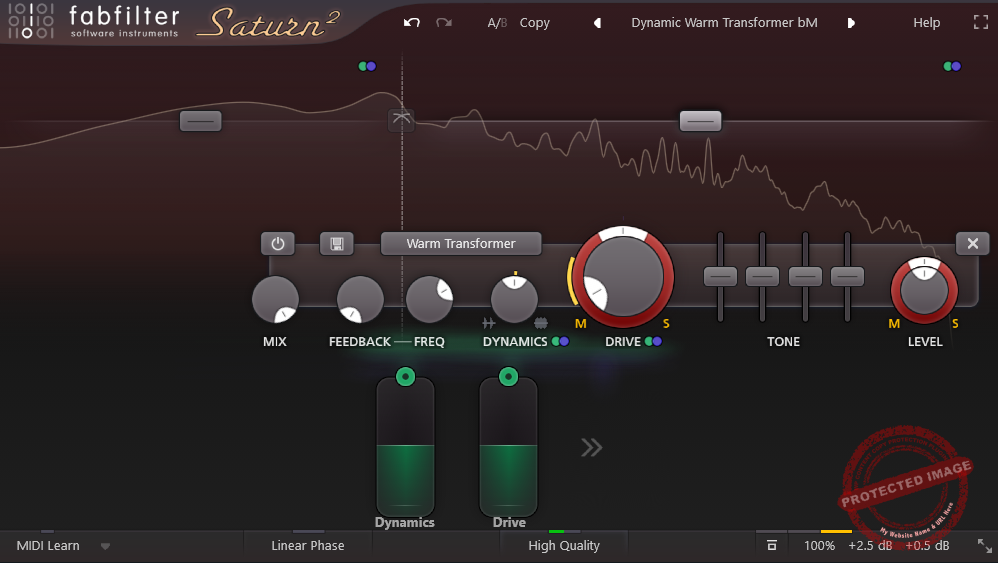Let’s discuss the plugin brand battle between two giants – FabFilter vs iZotope.
The audio plugin industry has gotten really competitive in 2025, and of course, as producers, artists, and engineers, we have limited budgets, which we want to make the best out of. Both brands offer their bundles, comprising all the tools they have developed so far. So consider this as a comparison of the bundles only.
The FabFilter ‘Total Bundle,‘ which consists of 14 plugins, costs around $969, while the Izotope ‘Everything Bundle,’ consisting of 29 plugins, costs about $1749, so it’s a fair comparison.
FabFIlter is more focused on mixing-mastering and production effects applications. Izotope, on the other hand, is more about post-production tools, like audio restoration, cleaning, editing, etc., but it also has solid plugins for mastering and mixing.
I will take you through both the plugin bundles and give you a detailed analysis so you can decide for yourself which one to buy.
Plugins List and Applications
|
Description/Category
|
FabFilter Plugins (Total Bundle) |
iZotope Plugins (Everything Bundle)
|
| Equalizer (EQ) | Pro-Q 4 |
Ozone 11 Advanced, Neutron 5
|
| Reverb | Pro-R 2 |
Neoverb, Stratus 3D, Symphony 3D
|
| Limiter | Pro-L 2 | |
| Compressor | Pro-C 2 | Neutron 5 |
| Multiband Compressor/Expander | Pro-MB | Neutron 5 |
| De-Esser | Pro-DS |
Nectar 4 Advanced
|
| Gate/Expander | Pro-G | Neutron 5 |
| Distortion/Saturation | Saturn 2 |
Trash, bx_saturator v2
|
| Delay | Timeless 3 |
Replika XT, bx_delay 2500
|
| Filters | Volcano 3 |
bx_cleansweep pro
|
| Synthesizer | Twin 3 | VocalSynth 2 |
| Basic Synthesizer | One | N/A |
| Basic Filter | Simplon | N/A |
| Mini Filter | Micro | N/A |
| Dialogue Editing/Repair | N/A |
RX 11 Advanced, Dialogue Match
|
| Creative Effects | N/A |
Stutter Edit 2, Driver, Crush Pack
|
| Audio Analysis/Visualization | N/A |
Insight 2, Audiolens
|
| Transient Shaping | N/A |
Transient Master
|
| Melody Correction/Editing | N/A | Melodyne |
| Miscellaneous Tools | N/A |
Brainworx bx_refinement, bx_boom!, bx_subsynth
|
Plugin Highlights: Key Tools in Each Bundle (FabFilter vs iZotope)
Equalizers
I would like to open the discussion with the most commonly used plugin by all engineers/producers, which is the EQ. In this category, FabFilter takes the win with the Pro Q4, which is probably the most advanced and feature-rich EQ plugin you will find.
Sorry for being such a fanboy of the Pro-Q4, but this plugin has some really cool features packed into it, like Advanced Spectral Dynamics Processing mode, which is essentially an automatic resonance suppressor. This helps me find resonances in my audio that my ears and room ignore or miss.
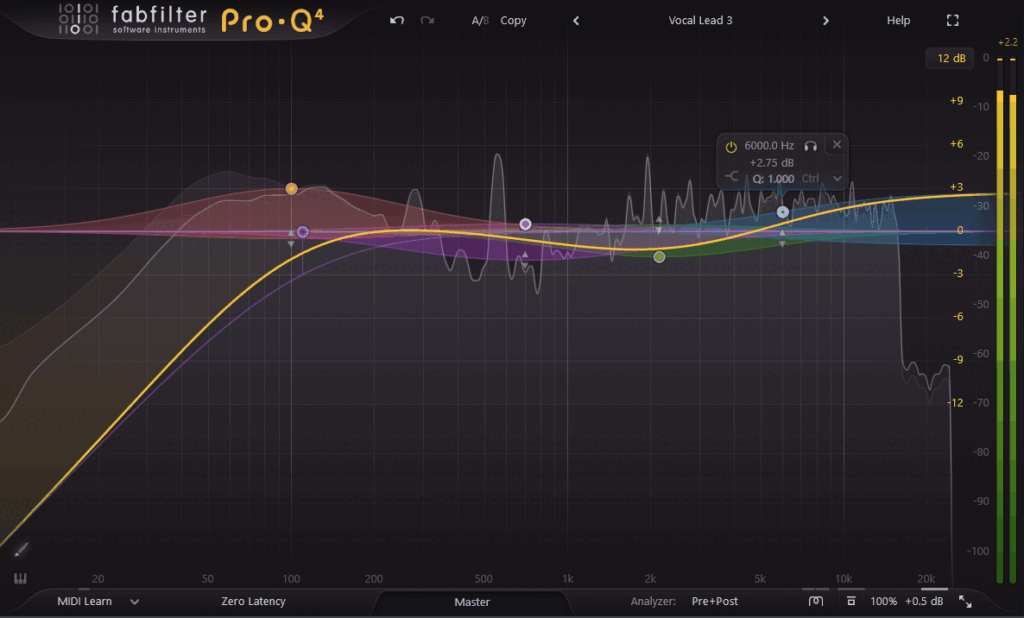
That allows you to address resonance, tame harshness, or fix tonal imbalances and ensures your audio remains clean and transparent.
For modern surround workflows, Pro-Q 4 offers immersive Dolby Atmos support (up to 9.1.6), featuring intelligent speaker selection for seamless integration in 3D audio environments. Then, there’s also the EQ Sketch tool that adds a creative touch, enabling users to draw their desired EQ curve directly onto the interface.
The only plugin I can think of from the isotope bundle that we can compare with this is the Neutron 5 Equalizer. It’s part of an intelligent ecosystem designed to enhance workflow efficiency. I love its Neutron Elements Assistant, which analyzes audio and proposes an optimized processing chain tailored to the material.
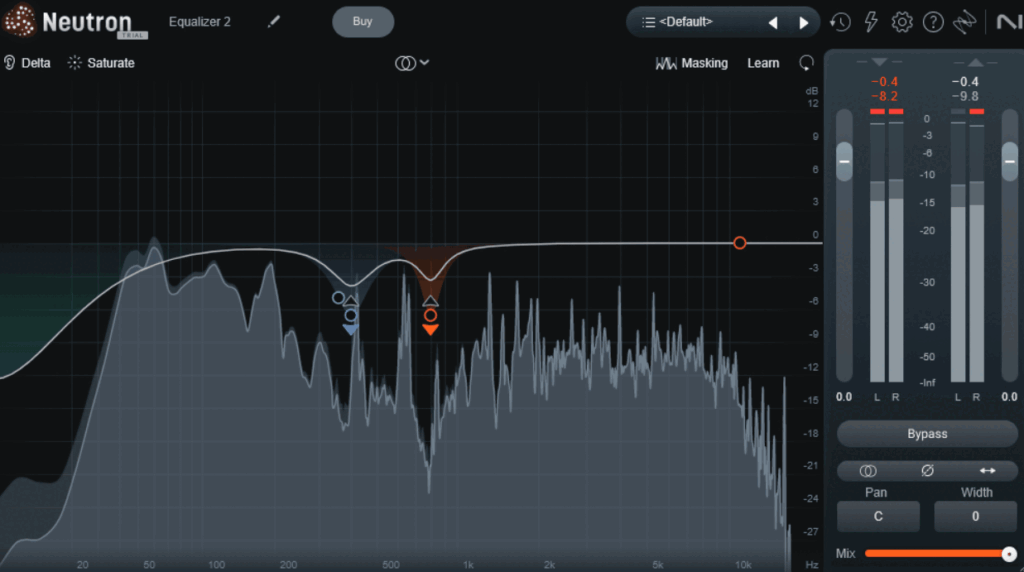
Neutron 5’s EQ integrates smoothly with the Sculptor module, an adaptive spectral shaper that enhances or transforms sonic characteristics.
For example, Sculptor uses frequency-targeted curves to fine-tune the tonal balance, making it ideal for refining vocals or adding unique textures to instruments. The inclusion of target EQ matching further sets Neutron apart, allowing users to upload reference tracks and visually match EQ curves for cohesive mixing results.
So, Pro-Q 4 is great for manual precision and innovative tools like Sketch mode and Dolby Atmos integration, as well as automated noise suppression. Neutron 5 EQ, on the other hand, thrives in intelligent processing, offering accessible features like automatic chain creation and EQ matching. That makes it particularly appealing for producers seeking a streamlined workflow or those new to mixing.
Based on that, I think both plugins can be used complementarily and have their own unique features, but if I were to choose, I would pick up the Pro Q-4.
Other than that, Ozone 11 also has 2 equalizers, Vintage EQ and Dynamic EQ, which are pretty competent and are more sound-based tools.
The Vintage EQ takes inspiration from classic analog equalizers, and Dynamic EQ maintains a fixed gain across frequency bands and responds dynamically to the input signal.
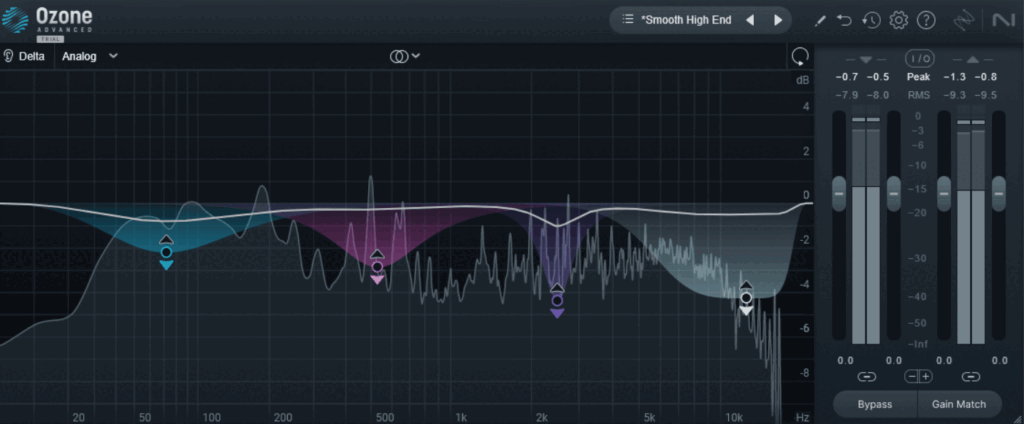
That makes it ideal for addressing issues like resonances, sibilance, or other frequency-specific problems that vary in intensity throughout the track. For instance, it can tame harsh peaks in vocals or guitar leads without affecting quieter passages, offering transparency and subtlety that traditional EQs often struggle to achieve.
Dynamic Processors
Let me start with fabfilter’s Pro-C 2, which is one of the most versatile compressors and works everywhere; whether I’m working on transparent compression for vocals or crushing drums for a gritty sound, it’s got me covered. The eight different styles, from “Clean” to “Pump,” are amazing for quickly dialing in the vibe you’re looking for.
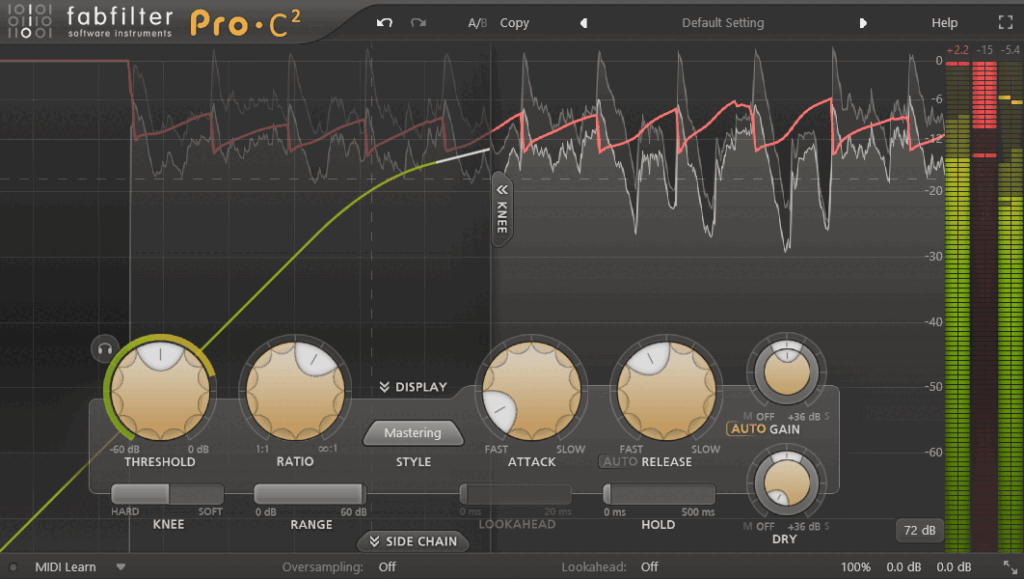
Plus, the visual feedback is so intuitive that it feels like I’m sculpting the dynamics with my eyes and ears. Next, Pro-G gate is a good plugin for cleaning up noisy tracks or creating rhythmic gating effects. It’s precise and flexible, with features like sidechain EQ that let you dial in exactly what you need.
And then there’s Pro-MB. If you’re into multiband compression, you already know this thing is a beast. I love being able to place bands anywhere I want and tailor the dynamics across the spectrum. It’s perfect for mastering, mixing individual elements, and shaping any sound, from subtle to heavy effects.
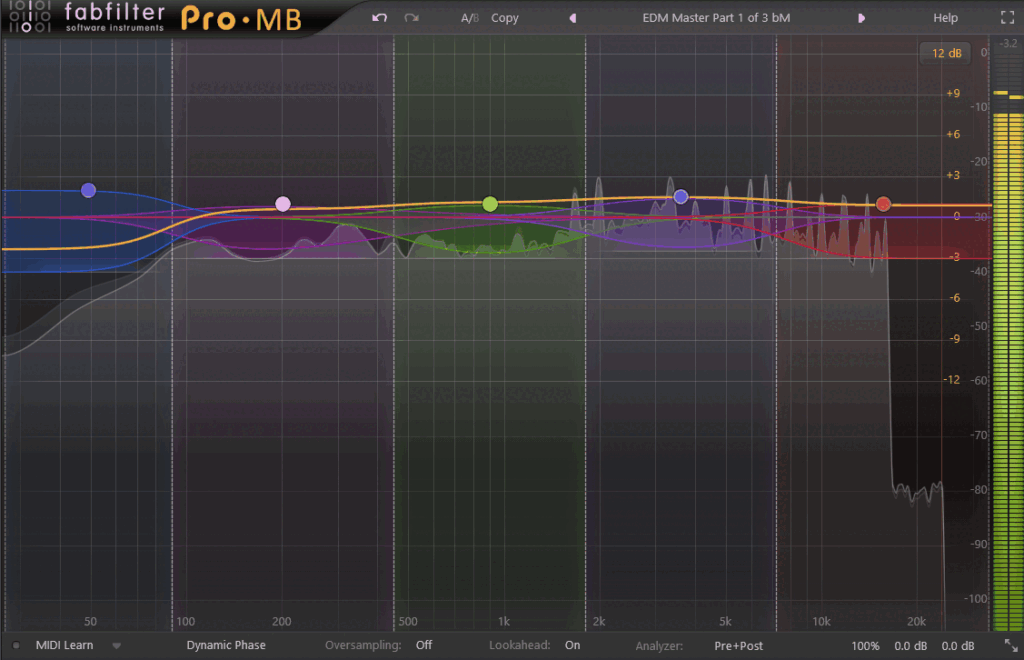
Finally, the Pro-L 2 limiter is so transparent, and its detailed loudness metering makes it my go-to for mastering projects. It never lets me down and is always there on my master bus as the final plugin.
On the iZotope side, the Neutron 5 Compressor is another gem. It’s part of the Neutron suite, so it works seamlessly with tools like the EQ and Sculptor. What I love is how smart it is, as its Mix Assistant sets up a great starting point, and from there, I can tweak it to where I want the sound to be. The multiband mode is solid, and it’s easy to use, even for beginners.
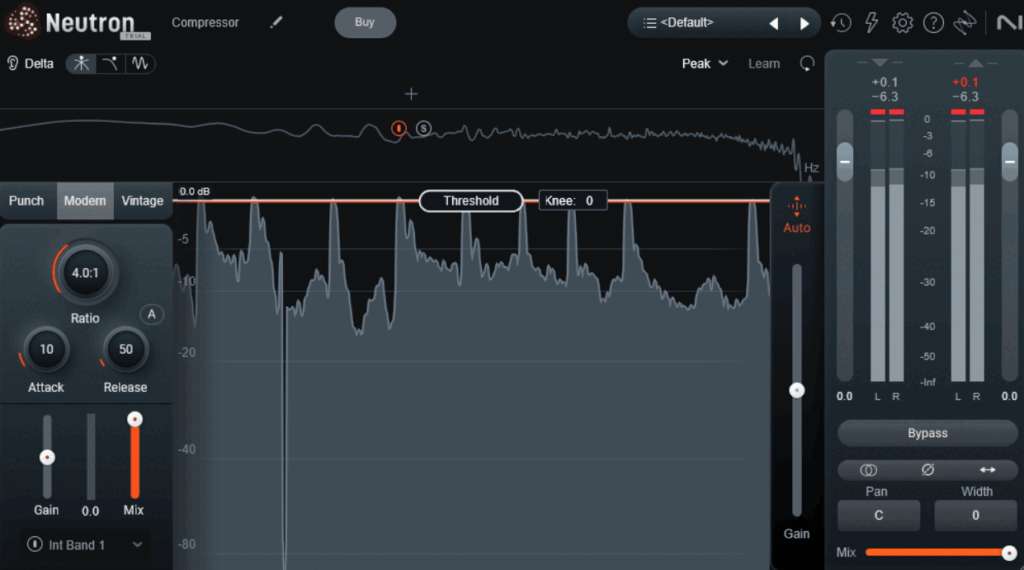
The Transient Shaper is a lifesaver for drums and percussion. Whether I want to add punch to kicks or smooth out harsh snares, it does the job beautifully. And then there’s Ozone 11 Dynamics, which is a mastering workhorse. With multiband compression and precision controls, it handles anything from subtle tightening to aggressive shaping.
Another unique tool in iZotope’s arsenal that I would love to mention is Low-End Focus, which I absolutely love for bass-heavy tracks. It’s not a traditional compressor but more like a magic wand for cleaning up or enhancing the low end without muddying the mix.
Finally, Izotope also has the Ozone Maximizer, which combines upward compression, soft clipping, and transient processing in a single plugin, and all of these can be controlled by a minimal number of parameters, like a single slider. One significant feature of this plugin is IRC (Intelligent Release Control) algorithms.
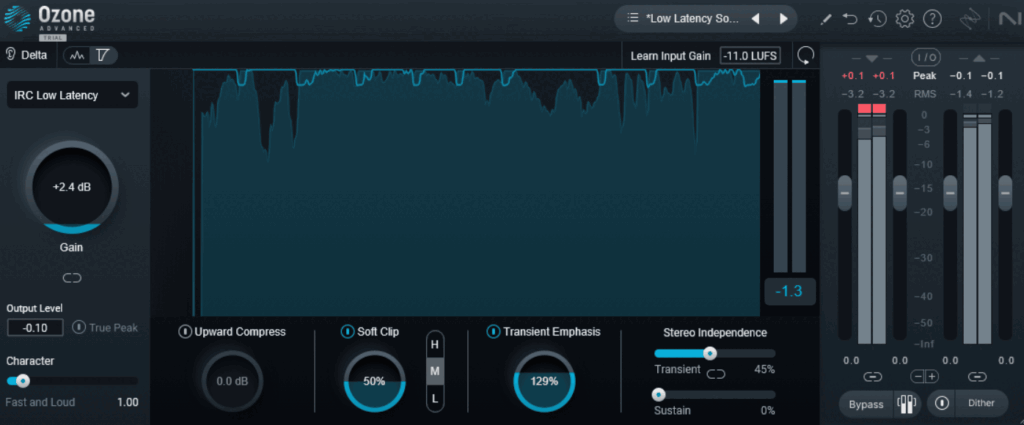
These algorithms adjust the release time dynamically based on the input signal, which means you get clean, distortion-free loudness even when pushing the limiter hard. The latest version introduces IRC LL (Low Latency) and IRC MV (Modern Variable) modes.
The Low Latency mode is a lifesaver for real-time use or when CPU efficiency is critical, while the Modern Variable mode is great for adding a smooth, adaptive character to your final master.
Audio Cleaning Plugins
iZotope is the undisputed leader in the field of audio cleaning and restoration and offers an array of tools that are part of the RX 11 Advanced Suite. These plugins are great for post-production, podcasting, dialogue editing, removing background noise to fix damaged recordings, and similar applications.
Let’s discuss some of these plugins. Spectral Repair, for example, is a great tool that allows you to visually isolate and remove unwanted sounds, like coughs, clicks, or chair squeaks, from your recordings. For example, I’ve used it to clean up recordings where a cell phone buzzed in the background during a take.
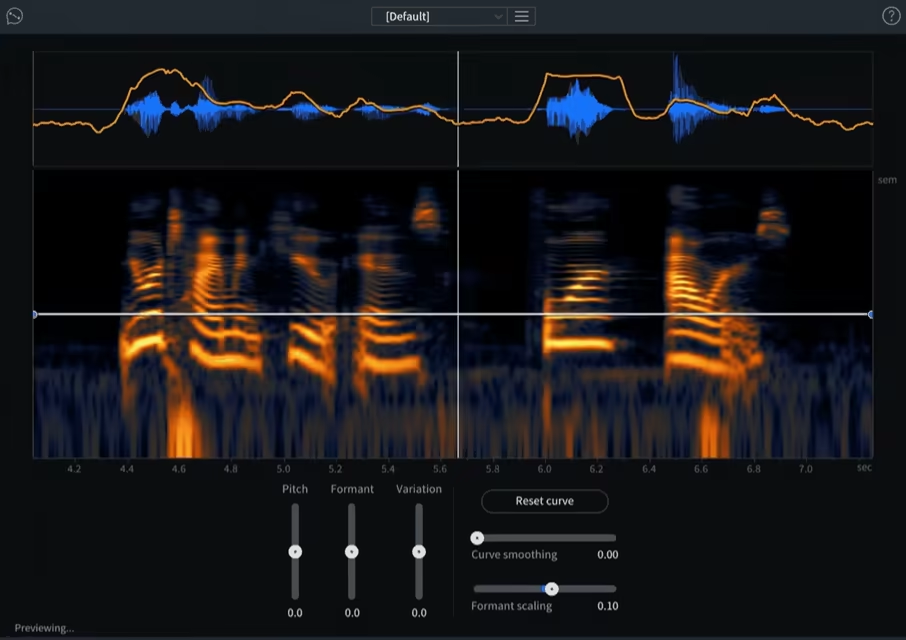
Dialogue Isolate is another strong plugin from Izotope for editors working with noisy environments. It separates the dialogue from background noise intelligently, making it incredibly easy to clean up interviews, podcasts, or on-location recordings.
You can use it to salvage a recording drowned out by background noise, and it brings the speaker’s voice to the forefront with remarkable clarity.
Similarly, there are plugins like De-Hum, De-Click, De-Crackle, and RX Repair Assistant for handling specific audio issues that may otherwise take hours to fix manually.
Harmonic Processors & Creative Effects Plugins: iZotope vs FabFilter
FabFilter’s Saturn 2 is a multiband saturation and distortion plugin that feels so satisfying to use and apply, as it offers so much control, along with a range of distortion styles from subtle warmth to aggressive grit.
The multiband functionality allows you to apply different types of saturation to specific frequency ranges, and you can even adjust the dynamics, add modulations, and do so much with this plugin. Saturn 2 is both for creative production purposes and for adding colors to your mixing-mastering sessions.
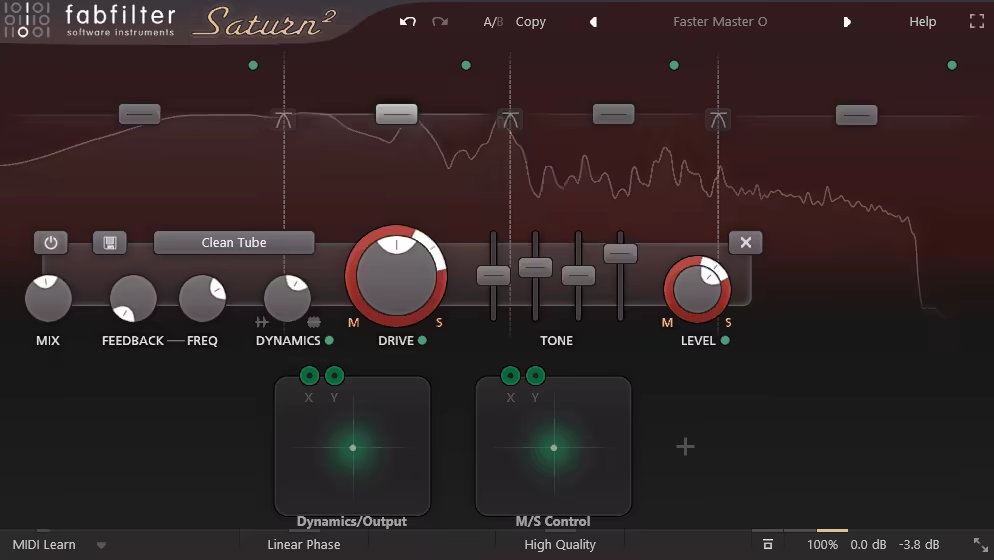
Izotope also has plugins like Vintage Tape, Neutron Exciter, and Ozone Exciter that offer different colors and styles of distortion and saturation flavors, but you may need to look at different places for these colors, unlike Saturn, which gives you all in one place. However, Saturn is not perfect and could be considered a master of none.
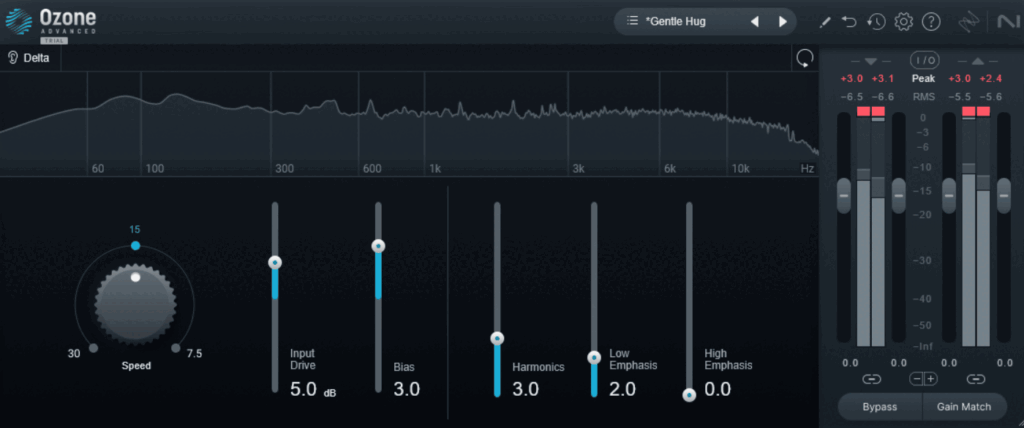
I also discovered that both Izotope and FabFilter have harmonic flavors that are independent of each other, and you can use them as complements.
For delays, Timeless 3 is FabFilter’s answer to creative effects. With an intuitive interface, extensive modulation options, and a variety of delay styles, it’s ideal for creating anything from clean echoes to completely warped textures.
iZotope also leans heavily into creative sound design with tools like Trash 2, an experimental distortion plugin that’s perfect for adding edge and character to your tracks. It includes customizable wave shaping, convolution-based speaker emulation, and multiband distortion, making it a go-to for genres like electronic, rock, and experimental music.
For rhythmic and glitchy effects, Stutter Edit 2 takes center stage. Developed in collaboration with BT, this plugin lets you slice and dice audio in real-time, creating complex stutters, filters, and effects with the press of a key. I would use it for electronic and cinematic music production.
Special Mentions
Finally, I would also love to mention the Tonal Balance Control, which is there all the time on my mastering chain. Tonal Balance Control acts like a reference guide, providing visual feedback on how your mix compares to industry-standard tonal curves.
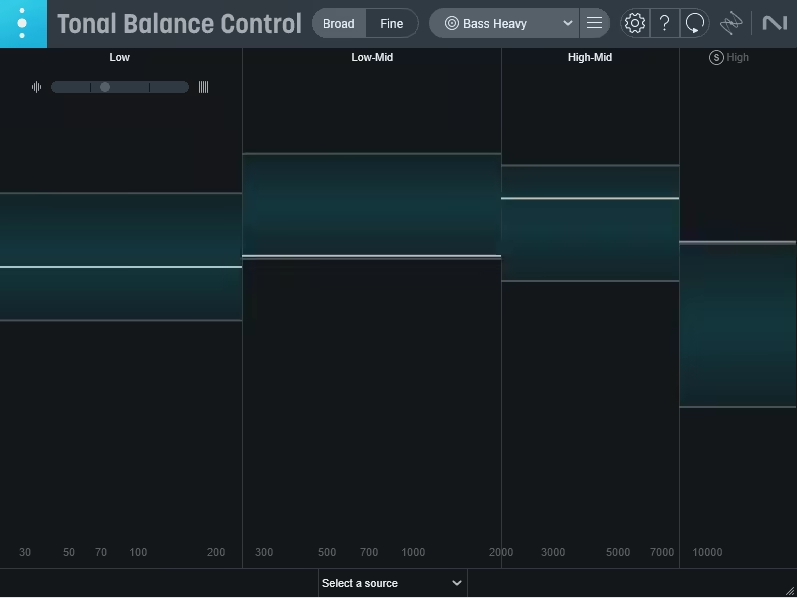
Its ability to integrate with other iZotope plugins like Neutron, Ozone, and Nectar also comes off as a positive, allowing you to adjust EQ or dynamics on individual tracks directly from the Tonal Balance interface.
FabFilter also offers synth plugins like Twin 3 and One, which I personally don’t use, but I thought I would mention, as Izotope doesn’t have any production or sound generation plugins in its package.
The Izotope bundle also has Melodyne, the popular manual pitch correction plugin; trust me, it is one of the best. FabFilter bundle lacks any such plugin.
Lastly, FabFilter doesn’t have an imaging plugin, either, but Izotope has multiple of them with varying algorithms and styles. For example, Ozone 11 Imager gives you multiband imaging, which is not just suitable but a necessity for mastering.
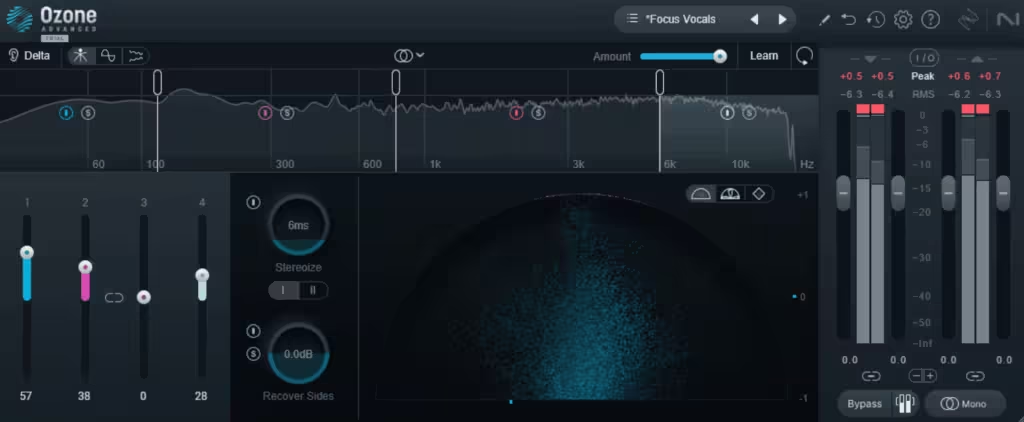
Compatibility & Support
| Category | FabFilter | iZotope |
| Operating Systems | macOS 10.13+ (Intel/M1), Windows 10+ (32/64-bit) |
macOS 10.15+ (Intel/M1), Windows 10+ (64-bit only)
|
| Plugin Formats | VST2, VST3, AU, AAX, CLAP |
VST3, AU, AAX (64-bit only), AU ARA (for Spectral Editor/Music Rebalance)
|
| Trial Version Availability | 14-day fully functional trial |
Fully functional demos for individual products
|
| Native M1 Support | Yes, for macOS |
Yes, native and via Rosetta 2 (varies by product)
|
| 32-bit Support | Yes, for Windows (32-bit plugins included) | No (64-bit only) |
| Special Requirements | None (standard hardware and OS support) |
iLok required for Exponential Audio and some Brainworx plugins
|
| Unique Features | CLAP support, 32-bit compatibility |
ARA integration for RX features, advanced AI-based tools (e.g., Mix Assistant, Repair Assistant)
|
Final Thoughts: iZotope vs FabFilter
When it comes to mixing and mastering, both FabFilter and iZotope offer stellar options that can significantly enhance your workflow and results. Both brands provide smart and efficient workflows, but they cater to slightly different needs. For me, FabFilter’s plugins are minimalistic and transparent, and they are really good at what minimal purposes they offer, which is a self-sufficient mixing-mastering workflow and toolkit.
However, the lack of audio restoration tools might be a limitation for those working in post-production. On the other hand, iZotope’s bundle is more comprehensive, offering everything from intelligent mixing tools to industry-leading audio restoration plugins like RX 11. That said, it lacks specialized tools like Pro-Q 4, Pro-MB, or Saturn 2.
The price difference is also worth considering as FabFilter Total Bundle is more affordable. The additional cost for iZotope may be justified if you need a complete suite that covers both mixing/mastering and post-production.
I would suggest you go for a trial, and instead of buying entire bundles at once, maybe buy a few plugins and combine the best of both worlds. If I were you, I would take mixing plugins, dynamic processors, and frequency processors from FabFilter and mastering plugins, audio editing and restoration plugins, and exciters and distortion plugins from Izotope.
If you want to go for a single bundle only, here’s what I would suggest. If you’re looking for a transparent, specialized toolkit for mixing and mastering, FabFilter might be the right choice. If you need a broader, all-encompassing suite with tools for audio restoration and creative effects, iZotope is the way to go.

Shaurya discovered his passion at the intersection of writing and music. Starting his career as a songwriter and rapper, he gradually picked up FL Studio and soon delved deep into the world of audio engineering and music production. Based in Delhi, India, he has worked with top studios, been featured on Red FM, garnered millions of streams on Spotify, and released music with major labels like Sony and Hitz.

